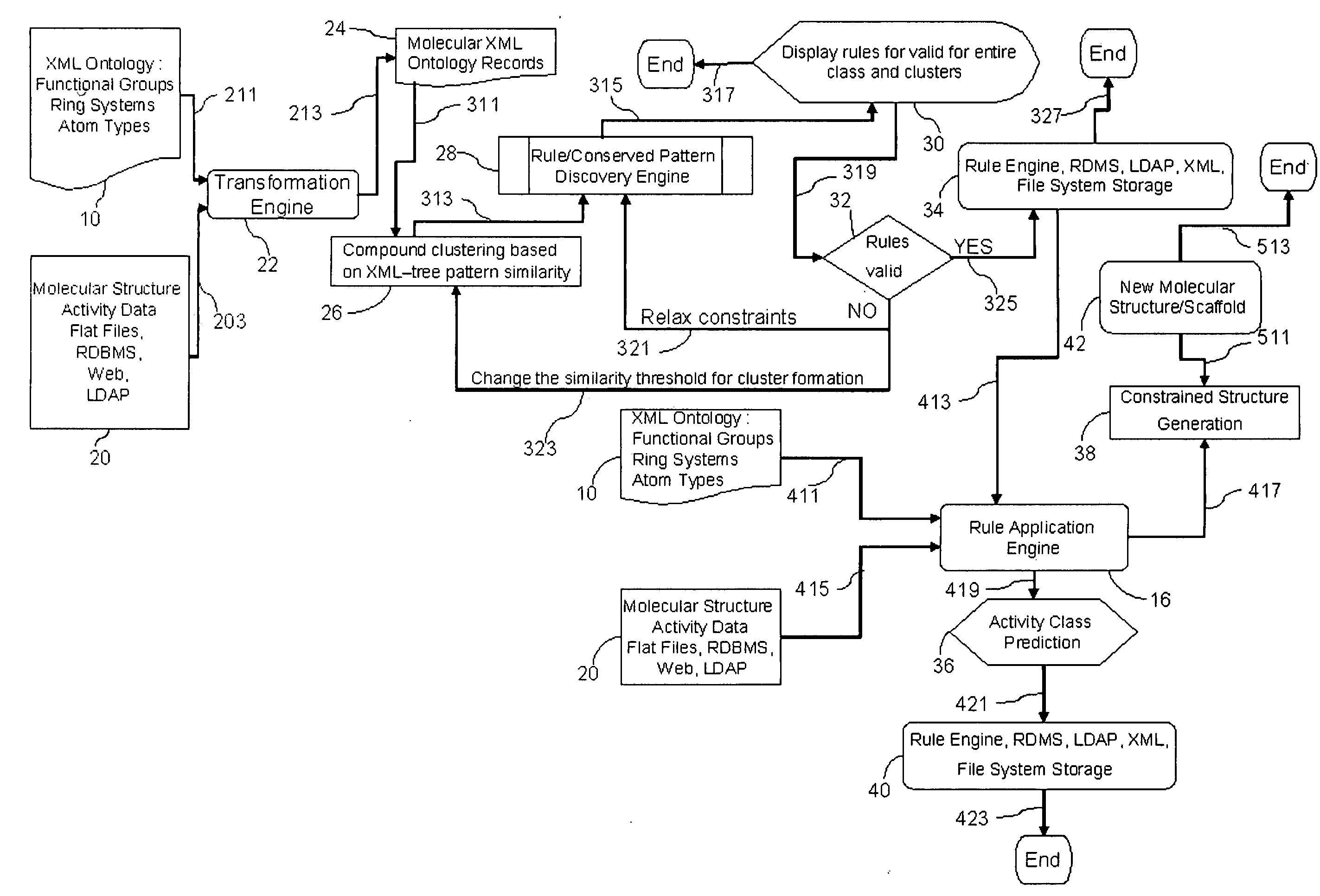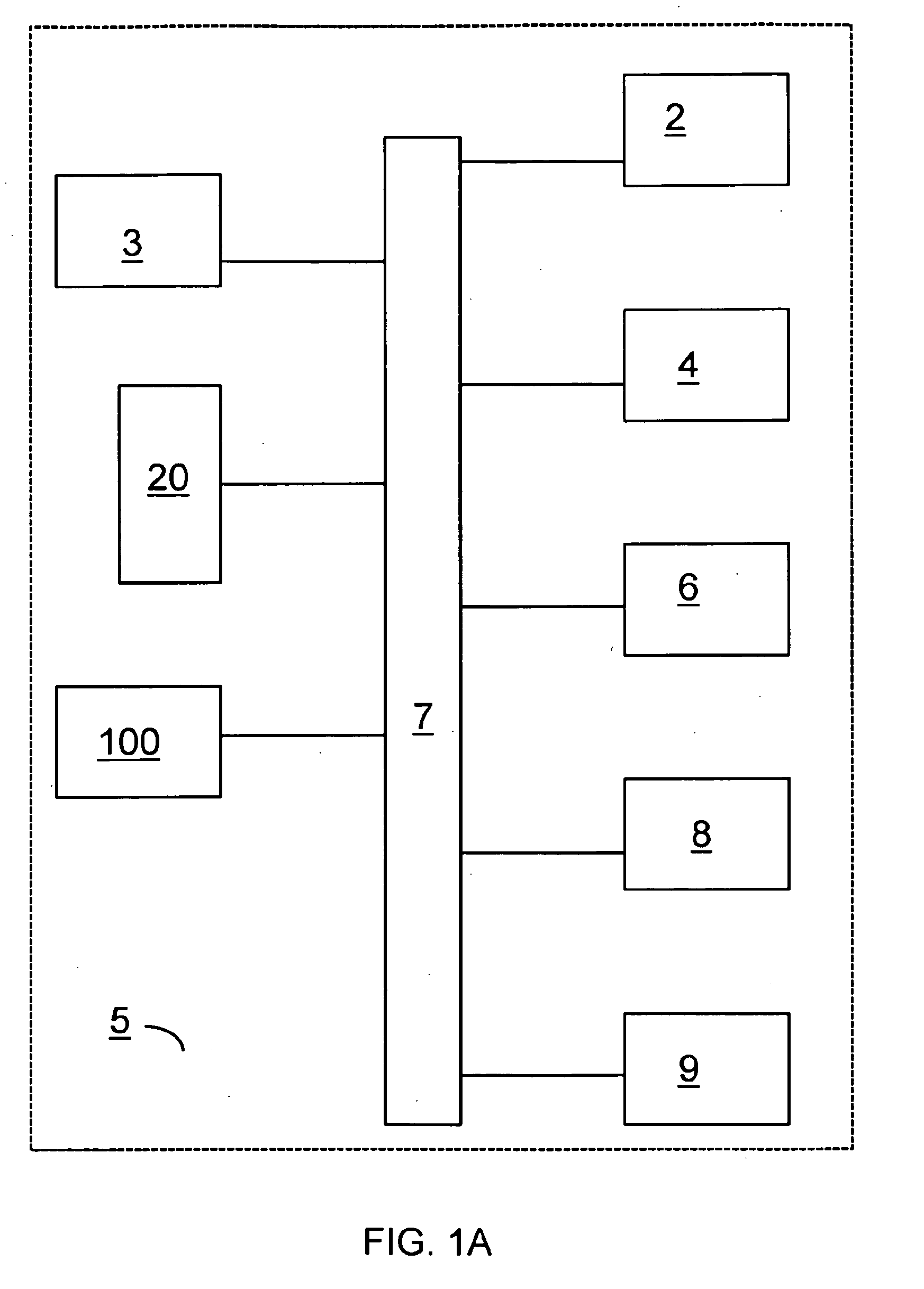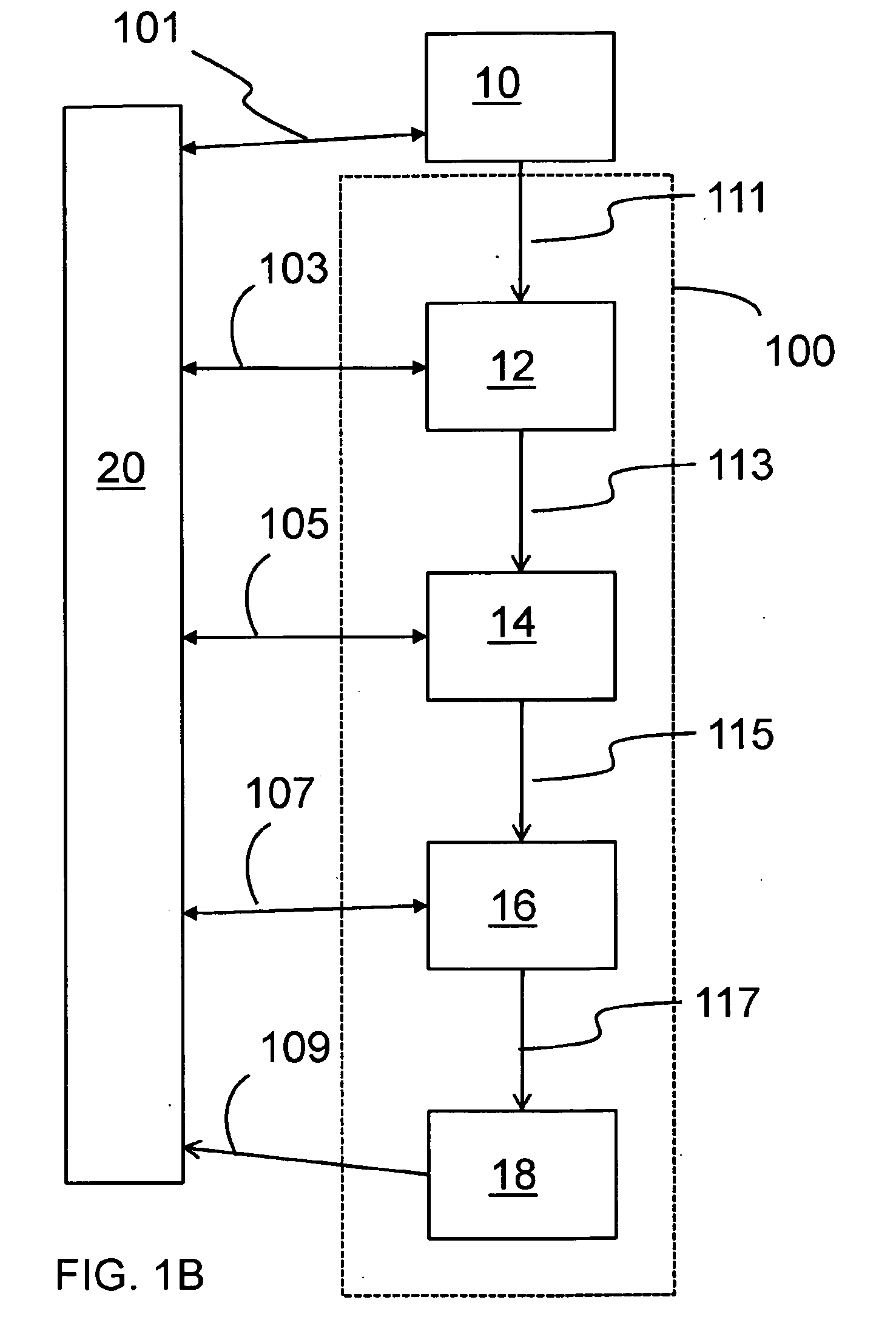Automated molecular mining and activity prediction using XML schema, XML queries, rule inference and rule engines
a molecular mining and activity prediction technology, applied in the field of chemical structureactivity relationships, can solve the problems of requiring 2d graphs or 3d conformations, reducing the efficiency of the above-mentioned approach, and losing the hierarchical relationship between the descriptors by using the table to store the descriptors, so as to achieve efficient and accessible
- Summary
- Abstract
- Description
- Claims
- Application Information
AI Technical Summary
Benefits of technology
Problems solved by technology
Method used
Image
Examples
case study conclusion
[0226] FIG. 5 shows the 35 hits cross-checked for toxicity With PubChem annotation Pubmed medical abstracts and available reference information from Google. Toxicity information was available for 9 out of the 35 predicted molecules. Out of these nine compounds, six were indeed found to be toxic to the nervous system. The remaining compounds were annotated as cytotoxic, cardiotoxic and toxic to reproductive cells and to the eye. There was no evidence to indicate that these were not CNS toxins. In general, further experiments would be required to rule out CNS toxicity for the 29 compounds flagged by the software.
[0227]The case study of this example clearly shows the value of the preferred embodiment in predicting toxicity by using simple conserved hierarchical functional groups. Usage of such rules in expert systems will aid drug discovery companies and regulatory authorities in prioritizing molecules for toxicity testing. This will substantially reduce the cost associated with drug d...
PUM
 Login to View More
Login to View More Abstract
Description
Claims
Application Information
 Login to View More
Login to View More - R&D
- Intellectual Property
- Life Sciences
- Materials
- Tech Scout
- Unparalleled Data Quality
- Higher Quality Content
- 60% Fewer Hallucinations
Browse by: Latest US Patents, China's latest patents, Technical Efficacy Thesaurus, Application Domain, Technology Topic, Popular Technical Reports.
© 2025 PatSnap. All rights reserved.Legal|Privacy policy|Modern Slavery Act Transparency Statement|Sitemap|About US| Contact US: help@patsnap.com



